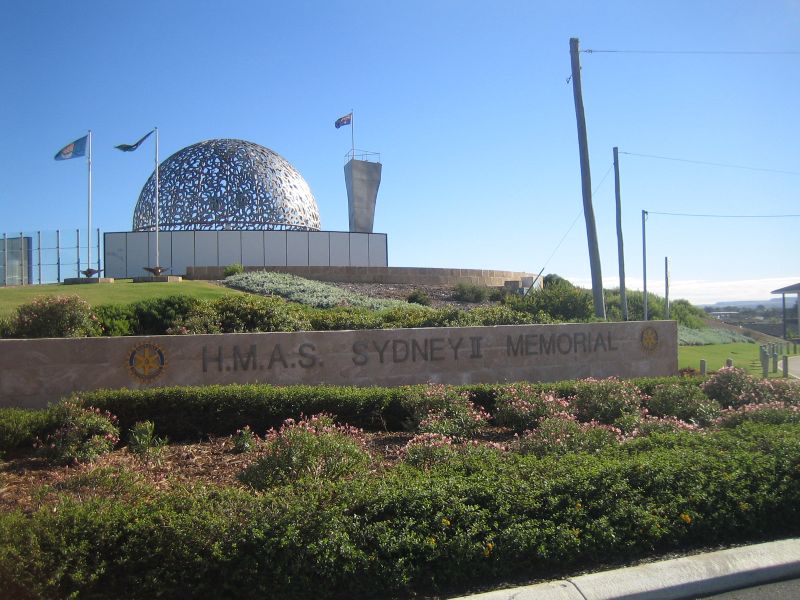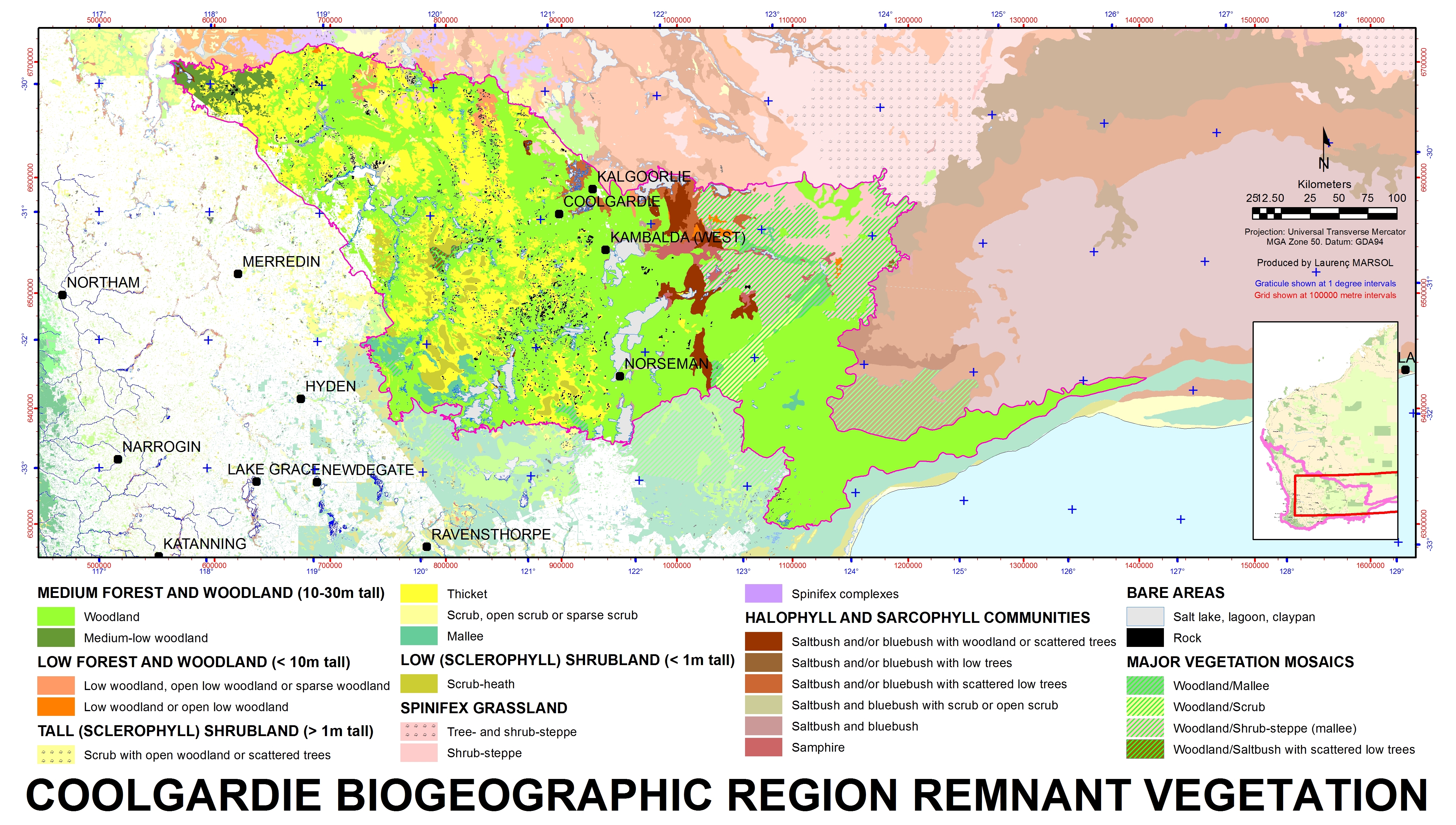|
Cryptandra Nutans
''Cryptandra nutans'' is a species of flowering plant in the family Rhamnaceae and is endemic to the southwest of Western Australia. It is a shrub that typically grows to a height of and has many stems at ground level. Its leaves are up to long, and the flowers are white, pink or cream-coloured and crowded in spikes on the ends of branches. The sepals are joined at the base to form a broadly bell-shaped tube, less than long with spreading lobes. Flowering occurs in August and September. It was first formally described in 1845 by Ernst Gottlieb von Steudel in Lehmann's ''Plantae Preissianae'' from specimens collected in 1840. The specific epithet (''nutans'') means "nodding". This cryptandra grows in gravelly sand or clayey soils over laterite in the Avon Wheatbelt, Coolgardie, Esperance Plains, Geraldton Sandplains, Jarrah Forest, Mallee and Swan Coastal Plain The Swan Coastal Plain in Western Australia is the geographic feature which contains the Swan River as it tra ... [...More Info...] [...Related Items...] OR: [Wikipedia] [Google] [Baidu] |
Esperance Plains
Esperance Plains, also known as Eyre Botanical District, is a biogeographic region in southern Western Australia on the south coast between the Avon Wheatbelt and Hampton bioregions, and bordered to the north by the Mallee region. It is a plain punctuated by granite and quartz outcrops and ranges, with a semi-arid Mediterranean climate and vegetation consisting mostly of mallee-heath and proteaceous scrub. About half of the region has been cleared for intensive agriculture. Recognised as a bioregion under the Interim Biogeographic Regionalisation for Australia (IBRA), it was first defined by John Stanley Beard in 1980. Geography and geology The Esperance Plains may be roughly approximated as the land within of the coast between Albany and Point Culver on the south coast of Western Australia. It has an area of about , making it about 9% of the South West Province, 1% of the state, and 0.3% of Australia. It is bounded to the north by the Mallee region, and to the wes ... [...More Info...] [...Related Items...] OR: [Wikipedia] [Google] [Baidu] |
Flora Of Western Australia
The flora of Western Australia comprises 10,551 published native vascular plant species and a further 1,131 unpublished species. They occur within 1,543 genera from 211 families; there are also 1,317 naturalised alien or invasive plant species more commonly known as weeds. There are an estimated 150,000 cryptogam species or nonvascular plants which include lichens, and fungi although only 1,786 species have been published, with 948 algae and 672 lichen the majority. History Indigenous Australians have a long history with the flora of Western Australia. They have for over 50,000 years obtained detailed information on most plants. The information includes its uses as sources for food, shelter, tools and medicine. As Indigenous Australians passed the knowledge along orally or by example, most of this information has been lost, along many of the names they gave the flora. It was not until Europeans started to explore Western Australia that systematic written details of the flora commen ... [...More Info...] [...Related Items...] OR: [Wikipedia] [Google] [Baidu] |
Rosales Of Australia
Rosales () is an order of flowering plants.Peter F. Stevens (2001 onwards). "Rosales". At: Trees At: Angiosperm Phylogeny Website. At: Missouri Botanical Garden Website. (see ''External links'' below) It is sister to a clade consisting of Fagales and Cucurbitales. It contains about 7,700 species, distributed into about 260 genera. Rosales comprise nine families, the type family being the rose family, Rosaceae. The largest of these families are Rosaceae (90/2500) and Urticaceae (54/2600). The order Rosales is divided into three clades that have never been assigned a taxonomic rank. The basal clade consists of the family Rosaceae; another clade consists of four families, including Rhamnaceae; and the third clade consists of the four urticalean families.Douglas E. Soltis, et alii. (28 authors). 2011. "Angiosperm Phylogeny: 17 genes, 640 taxa". ''American Journal of Botany'' 98(4):704-730. The order Rosales is strongly supported as monophyletic in phylogenetic analyses of DNA s ... [...More Info...] [...Related Items...] OR: [Wikipedia] [Google] [Baidu] |
Cryptandra
''Cryptandra'' is a genus of flowering plants family Rhamnaceae and is endemic to Australia. Most plants in the genus ''Cryptandra'' are spiny, heath-like shrubs with small, clustered leaves and flowers crowded at the ends of branches, the flowers are usually small, surrounded by brown bracts, and with tube-shaped hypanthium, the petals hooded over the anthers. Taxonomy The genus ''Cryptandra'' was first formally described in 1798 by James Edward Smith in the '' Transactions of the Linnean Society of London''. The genus name means "hidden man", referring to the stamens. List of species The following is a list of species of ''Cryptandra'' accepted by the Australian Plant Census as at August 2022: * '' Cryptandra alpina'' Hook.f. (Tas.) * ''Cryptandra amara'' Sm. (Qld., N.S.W., A.C.T., Vic., Tas.) * ''Cryptandra apetala'' Ewart & Jean White (W.A.) **''Cryptandra apetala'' var. ''anomala'' Rye **''Cryptandra apetala'' Ewart & Jean White var. ''apetala'' Rye * ''Cryptandra arbuti ... [...More Info...] [...Related Items...] OR: [Wikipedia] [Google] [Baidu] |
Swan Coastal Plain
The Swan Coastal Plain in Western Australia is the geographic feature which contains the Swan River as it travels west to the Indian Ocean. The coastal plain continues well beyond the boundaries of the Swan River and its tributaries, as a geological and biological zone, one of Western Australia's Interim Biogeographic Regionalisation for Australia (IBRA) regions.IBRA Version 6.1 data It is also one of the distinct physiographic provinces of the larger West Australian Shield division. Location and description The coastal plain is a strip on the Indian Ocean coast directly west of the[...More Info...] [...Related Items...] OR: [Wikipedia] [Google] [Baidu] |
Mallee Bioregion
Mallee, also known as Roe Botanical District, is a biogeographic region in southern Western Australia. Located between the Esperance Plains, Avon Wheatbelt and Coolgardie bioregions, it has a low, gently undulating topography, a semi-arid mediterranean climate, and extensive ''Eucalyptus'' mallee vegetation. It has an area of . About half of the region has been cleared for intensive agriculture. Recognised as a region under the Interim Biogeographic Regionalisation for Australia (IBRA), it was first defined by John Stanley Beard in 1980. Geography and geology The Mallee region has a complex shape with tortuous boundaries, but may be roughly approximated as the triangular area south of a line from Bruce Rock to Eyre, but not within 40 kilometres (25 mi) of the south coast, except at its eastern limits. It has an area of about 79000 square kilometres (31000 mi²), making it about a quarter of the South West Botanic Province, 3% of the state, and 1% of Australia. It ... [...More Info...] [...Related Items...] OR: [Wikipedia] [Google] [Baidu] |
Jarrah Forest
Jarrah forest is tall open forest in which the dominant overstory tree is '' Eucalyptus marginata'' (jarrah). The ecosystem occurs only in the Southwest Botanical Province of Western Australia Western Australia (commonly abbreviated as WA) is a state of Australia occupying the western percent of the land area of Australia excluding external territories. It is bounded by the Indian Ocean to the north and west, the Southern Ocean to .... It is most common in the biogeographic region named in consequence Jarrah Forest. Most jarrah forest contains at least one other co-dominant overstory tree; association with '' Corymbia calophylla'' is especially common, and results in which is sometimes referred to as jarrah-marri forest. Considerable amount of research delineates northern, central and southern jarrah forestStrelein, G. J. (1988) ''Site classification in the Southern jarrah forest of Western Australia'' Como, W.A. Dept. of Conservation and Land Management, Western Austral ... [...More Info...] [...Related Items...] OR: [Wikipedia] [Google] [Baidu] |
Geraldton Sandplains
Geraldton ( Wajarri: ''Jambinu'', Wilunyu: ''Jambinbirri'') is a coastal city in the Mid West region of the Australian state of Western Australia, north of the state capital, Perth. At June 2018, Geraldton had an urban population of 37,648. Estimated resident population, 30 June 2018. Geraldton is the seat of government for the City of Greater Geraldton, which also incorporates the town of Mullewa, Walkaway and large rural areas previously forming the shires of Greenough and Mullewa. The Port of Geraldton is a major west coast seaport. Geraldton is an important service and logistics centre for regional mining, fishing, wheat, sheep and tourism industries. History Aboriginal Clear evidence has established Aboriginal people living on the west coast of Australia for at least 40,000 years, though at present it is unclear when the first Aboriginal people reached the area around Geraldton. The original local Aboriginal people of Geraldton are the Amangu people, with the N ... [...More Info...] [...Related Items...] OR: [Wikipedia] [Google] [Baidu] |
Coolgardie Bioregion
Coolgardie is an Australian bioregion consisting of an area of low hills and plains of infertile sandy soil in Western Australia. It has an area of . It includes much of the Great Western Woodlands. Location and description This is a transition zone between the Mediterranean climate of Australia's south-west coast and the country's dry interior. The poor soil makes it unsuitable for agriculture but Coolgardie has been a gold and nickel mining area. It is bounded on the north by the arid Murchison bioregion, characterised by open Mulga woodlands and steppe. The low shrublands of the arid Nullarbor Plain lie to the east. The Mallee bioregion adjoins Coolgardie on the south. The Avon Wheatbelt bioregion is to the west. The Coolgardie bioregion, together with the coastal Hampton bioregion to the southeast, constitute the Coolgardie woodlands ecoregion defined by the World Wildlife Fund. Flora and fauna The low hills are home to woodland of endemic species of eucal ... [...More Info...] [...Related Items...] OR: [Wikipedia] [Google] [Baidu] |
Rhamnaceae
The Rhamnaceae are a large family of flowering plants, mostly trees, shrubs, and some vines, commonly called the buckthorn family. Rhamnaceae is included in the order Rosales. The family contains about 55 genera and 950 species. The Rhamnaceae have a worldwide distribution, but are more common in the subtropical and tropical regions. The earliest fossil evidence of Rhamnaceae is from the Late Cretaceous. Fossil flowers have been collected from the Upper Cretaceous of Mexico and the Paleocene of Argentina. Leaves of family Rhamnaceae members are simple, i.e., the leaf blades are not divided into smaller leaflets.Flowering Plants of the Santa Monica Mountains, Nancy Dale, 2nd Ed. 2000, p. 166 Leaves can be either alternate or opposite. Stipules are present. These leaves are modified into spines in many genera, in some (e.g. '' Paliurus spina-christi'' and ''Colletia cruciata'') spectacularly so. ''Colletia'' stands out by having two axillary buds instead of one, one developing i ... [...More Info...] [...Related Items...] OR: [Wikipedia] [Google] [Baidu] |
Avon Wheatbelt
The Avon Wheatbelt is a bioregion in Western Australia. It has an area of . It is considered part of the larger Southwest Australia savanna ecoregion. Geography The Avon Wheatbelt bioregion is mostly a gently undulating landscape with low relief. It lies on the Yilgarn Craton, an ancient block of crystalline rock, which was uplifted in the Tertiary and dissected by rivers. The craton is overlain by laterite deposits, which in places have decomposed into yellow sandplains, particularly on low hills. Steep-sided erosional gullies, known as breakaways, are common. Beecham, Brett (2001). "Avon Wheatbelt 2 (AW2 - Re-juvenated Drainage subregion)" in ''A Biodiversity Audit of Western Australia’s 53 Biogeographical Subregions in 2002''. Department of Conservation and Land Management, Government of Western Australia, November 2001. Accessed 15 May 2022/ref> In the south and west (the Katanning subregion), streams are mostly perennial, and feed rivers which drain westwards to empty i ... [...More Info...] [...Related Items...] OR: [Wikipedia] [Google] [Baidu] |






